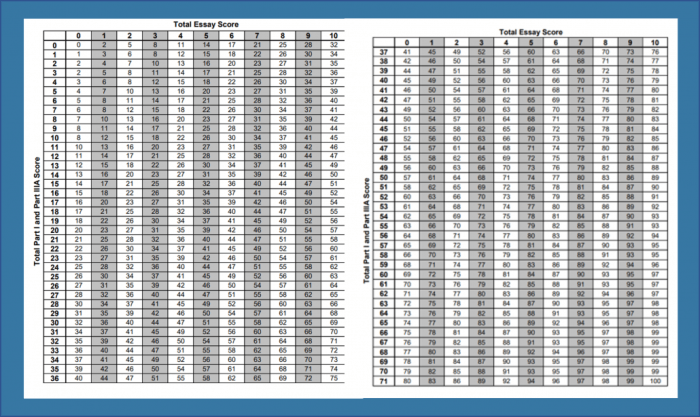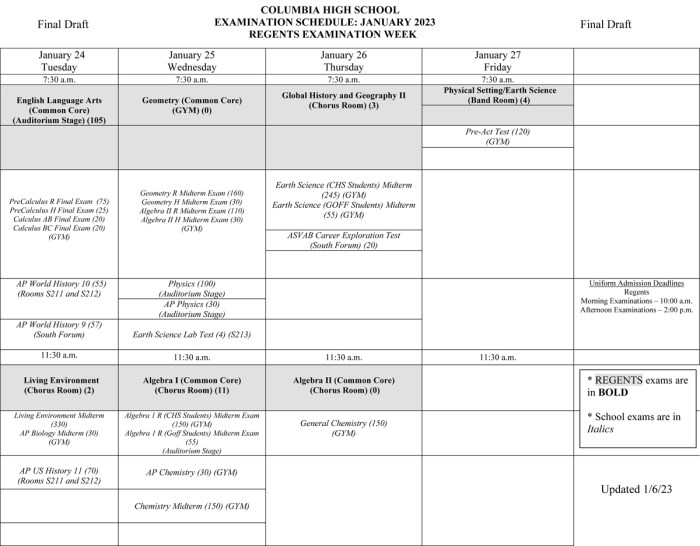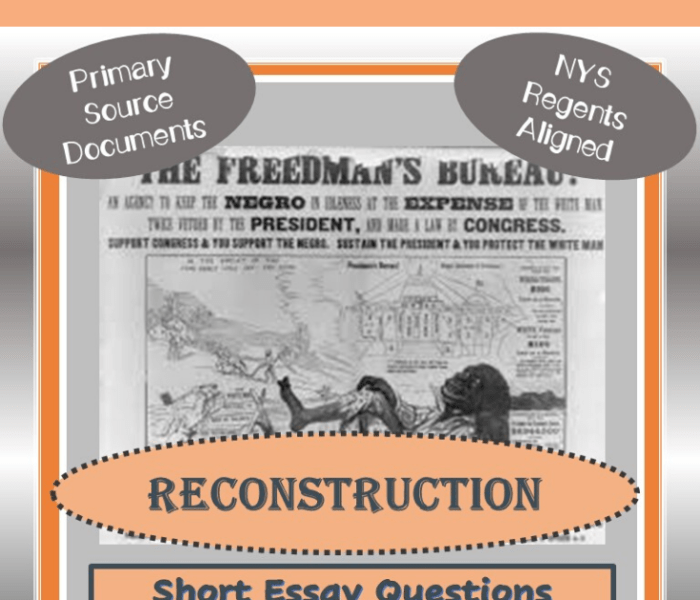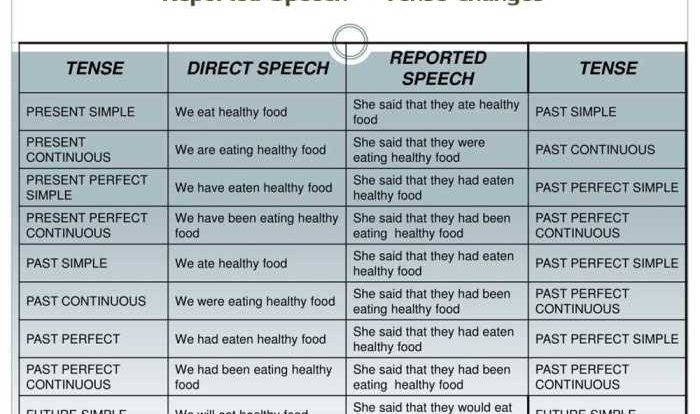Welcome to the ultimate US History Regents 2023 Study Guide, your comprehensive resource for acing the exam and delving into the captivating tapestry of American history. This guide will equip you with the knowledge, strategies, and practice you need to excel in each section of the exam, empowering you to confidently conquer the challenges that lie ahead.
Throughout this guide, you will embark on a chronological journey through pivotal historical periods, gaining insights into the key events, figures, and themes that have shaped the United States. You will master the art of analyzing primary and secondary sources, extracting valuable information and evaluating their credibility.
Furthermore, you will learn the intricacies of essay writing, crafting well-structured and evidence-based responses that demonstrate your understanding of the subject matter.
Historical Periods
The US History Regents exam 2023 encompasses various historical periods that have shaped the nation’s development. Each period is characterized by distinct events, figures, and themes that have left a lasting impact on American history.
Colonial Era
The Colonial Era, spanning from the early 17th century to the mid-18th century, marked the establishment and growth of European colonies in North America. Key events include the founding of Jamestown (1607), the Mayflower Compact (1620), and the Great Awakening (1730s-1740s).
Notable figures include John Smith, William Bradford, and Jonathan Edwards.
Revolutionary Era
The Revolutionary Era, from the mid-18th century to the early 19th century, witnessed the American colonies’ struggle for independence from British rule. Key events include the Declaration of Independence (1776), the Battle of Saratoga (1777), and the Treaty of Paris (1783). Prominent figures include George Washington, Thomas Jefferson, and Benjamin Franklin.
Early Republic
The Early Republic, from the late 18th century to the early 19th century, saw the formation and development of the United States as a new nation. Key events include the ratification of the Constitution (1788), the Louisiana Purchase (1803), and the War of 1812 (1812-1815).
Notable figures include James Madison, Thomas Jefferson, and Andrew Jackson.
Antebellum Era
The Antebellum Era, from the 1820s to the 1860s, was a period of social, economic, and political tension in the United States. Key events include the Missouri Compromise (1820), the Mexican-American War (1846-1848), and the Dred Scott v. Sandford decision (1857). Notable figures include Abraham Lincoln, Frederick Douglass, and Harriet Beecher Stowe.
Civil War and Reconstruction
The Civil War and Reconstruction, from the 1860s to the 1870s, marked a transformative period in American history. Key events include the Battle of Gettysburg (1863), the Emancipation Proclamation (1863), and the Reconstruction Amendments (1865-1870). Notable figures include Abraham Lincoln, Ulysses S.
Grant, and Frederick Douglass.
Industrial Revolution and Gilded Age
The Industrial Revolution and Gilded Age, from the late 19th century to the early 20th century, witnessed rapid industrialization, urbanization, and economic growth in the United States. Key events include the invention of the telephone (1876), the rise of big business, and the Progressive Era (1890s-1920s).
Notable figures include Thomas Edison, Andrew Carnegie, and Theodore Roosevelt.
Progressive Era and World War I
The Progressive Era and World War I, from the early 20th century to the 1920s, saw social and political reforms, as well as the United States’ involvement in World War I. Key events include the passage of the Federal Reserve Act (1913), the United States’ entry into World War I (1917), and the Treaty of Versailles (1919). Notable figures include Woodrow Wilson, Theodore Roosevelt, and Warren G.
Harding.
1920s and Great Depression
The 1920s and Great Depression, from the 1920s to the 1930s, witnessed economic prosperity followed by a devastating economic crisis. Key events include the Roaring Twenties, the Stock Market Crash of 1929, and the Great Depression (1929-1939). Notable figures include Herbert Hoover and Franklin D.
Roosevelt.
World War II and Cold War
World War II and the Cold War, from the 1940s to the 1990s, saw the United States’ involvement in World War II and the subsequent Cold War with the Soviet Union. Key events include the attack on Pearl Harbor (1941), the Manhattan Project (1942-1945), and the Cuban Missile Crisis (1962). Notable figures include Franklin D.
Roosevelt, Harry S. Truman, and Dwight D. Eisenhower.
Post-Cold War Era
The Post-Cold War Era, from the 1990s to the present, has been marked by globalization, technological advancements, and the War on Terror. Key events include the fall of the Berlin Wall (1989), the rise of the internet, and the 9/11 attacks (2001). Notable figures include Bill Clinton, George W.
Bush, and Barack Obama.
Document Analysis
Document analysis is a critical skill for historians. It allows them to extract information from primary and secondary sources, which can then be used to construct historical narratives and interpretations. In this section, we will provide a guide to effectively analyzing primary and secondary sources.
When analyzing a document, it is important to first identify its type. Primary sources are firsthand accounts of events or experiences, such as letters, diaries, speeches, and artifacts. Secondary sources are works that interpret or analyze primary sources, such as textbooks, articles, and documentaries.
Identifying Key Information
Once you have identified the type of document, you can begin to identify the key information it contains. This includes the who, what, when, where, and why of the event or experience being described. It is also important to pay attention to the language used in the document, as this can provide clues to the author’s perspective and biases.
Understanding Context
In order to fully understand a document, it is important to place it in its historical context. This means understanding the political, social, and economic conditions that existed at the time the document was created. This information can be found in a variety of sources, such as textbooks, encyclopedias, and online databases.
Evaluating Credibility
Once you have identified the key information in a document and understand its context, you can begin to evaluate its credibility. This involves assessing the author’s authority, the accuracy of the information, and the presence of bias. It is also important to consider the purpose of the document and whether it is intended to be objective or persuasive.
Approaching Different Types of Documents
Different types of documents require different approaches to analysis. For example, letters and diaries can provide insights into the personal experiences and thoughts of individuals, while speeches and manifestos can reveal the political and social views of their authors. Artifacts, such as tools and weapons, can provide information about the material culture of a society.
Essay Writing
The essay section of the Regents exam requires students to demonstrate their understanding of historical content, their ability to construct a persuasive argument, and their writing skills. The essay questions are typically structured as follows:
- Historical Context:Provides background information on the topic and sets the stage for the essay.
- Task:Instructs students on what they are expected to do in the essay, such as analyzing a specific document, comparing two events, or evaluating the impact of a particular action.
- Thesis Statement:Requires students to develop a clear and concise statement that expresses their main argument or interpretation.
- Evidence:Asks students to provide specific evidence from the historical record to support their thesis statement.
- Analysis:Requires students to explain how the evidence supports their thesis statement and to demonstrate their understanding of the historical context.
- Conclusion:Provides an opportunity for students to restate their thesis statement and summarize their main points.
Developing a Strong Thesis Statement
The thesis statement is the foundation of the essay. It should be a clear and concise statement that expresses the main argument or interpretation of the topic. The thesis statement should be specific, arguable, and supported by evidence from the historical record.
Supporting Arguments with Evidence
Once the thesis statement is established, students must provide specific evidence from the historical record to support their argument. The evidence can include primary sources, such as documents, letters, or speeches, and secondary sources, such as textbooks or scholarly articles.
The evidence should be relevant to the thesis statement and should be presented in a clear and concise manner.
Organizing Ideas Effectively
The essay should be organized in a logical and coherent manner. The introduction should provide background information and introduce the thesis statement. The body paragraphs should develop the main arguments of the essay, providing evidence and analysis to support the thesis statement.
The conclusion should restate the thesis statement and summarize the main points of the essay.
Multiple Choice Questions

Multiple choice questions (MCQs) are a common assessment format on the US History Regents Exam. By understanding effective strategies, you can increase your accuracy and efficiency in answering these questions.
MCQs typically present a question or statement followed by several options. Your task is to select the best answer from the choices provided.
Identifying Common Question Types
- Fact-based questions: Test your knowledge of specific historical events, figures, or concepts.
- Inference questions: Require you to draw conclusions or make inferences based on the information provided.
- Interpretation questions: Ask you to analyze or interpret historical documents, sources, or events.
li> Evaluation questions: Assess your ability to evaluate the strengths and weaknesses of different historical arguments or perspectives.
Eliminating Incorrect Answers
- Read the question carefully: Identify the key terms and concepts being tested.
- Eliminate obviously incorrect answers: Look for options that are factually incorrect, irrelevant, or contradictory to the question.
- Consider the context: Draw upon your knowledge of the historical period or topic to narrow down the options.
- Process of elimination: If you cannot immediately identify the correct answer, eliminate the least likely options until you are left with the best choice.
Time Management and Educated Guessing
- Manage your time: Allocate sufficient time to each question, but don’t spend too long on any one question.
- Educated guessing: If you are unsure about an answer, make an educated guess based on the information provided and your historical knowledge.
- Eliminate options: Even if you are unsure, try to eliminate as many incorrect answers as possible to increase your chances of selecting the correct one.
Content Review: Us History Regents 2023 Study Guide

This section provides a detailed review of key content areas covered on the US History Regents Exam, including Colonial America, the American Revolution, the Constitution and the Early Republic, Westward Expansion, the Civil War and Reconstruction, the Industrial Revolution, the Progressive Era, World War I and World War II, the Cold War and the Civil Rights Movement, and Modern America.
Understanding these content areas is crucial for success on the exam. Each will be discussed in detail, providing essential information and insights to enhance your preparation.
Colonial America
The Colonial America period, spanning from the early 1600s to the mid-1700s, laid the foundation for the United States. Key aspects of this era include the establishment of the thirteen colonies, the development of diverse colonial societies, and the emergence of political and economic tensions between the colonies and Great Britain.
- Establishment of the Thirteen Colonies: Discuss the motivations, challenges, and experiences of the early European settlers in establishing the colonies along the Atlantic coast.
- Development of Diverse Colonial Societies: Explore the different social, economic, and cultural characteristics of the various colonies, including the impact of immigration, slavery, and religious diversity.
- Emergence of Political and Economic Tensions: Analyze the growing tensions between the colonies and Great Britain, including disputes over taxation, representation, and economic control.
Practice Questions
Practice questions are an essential part of preparing for the US History Regents Exam. They allow students to test their understanding of the content, identify areas for improvement, and become familiar with the format of the exam.
There are a variety of practice questions available, including multiple choice, document analysis, and essay questions. It is important to practice all three types of questions in order to be well-prepared for the exam.
Multiple Choice Questions
Multiple choice questions are the most common type of question on the US History Regents Exam. They consist of a question followed by four answer choices. Students must choose the best answer from the four choices.
- Example:Which of the following was a major cause of the American Revolution?
- British taxation
- French and Indian War
- Enlightenment ideas
- All of the above
- Answer:d. All of the above
Document Analysis Questions
Document analysis questions require students to analyze a historical document and answer questions about it. Documents can include speeches, letters, newspaper articles, and other primary sources.
- Example:Analyze the following excerpt from the Declaration of Independence:
- Question:What is the main idea of this excerpt?
- Answer:The main idea of this excerpt is that all people are created equal and have certain natural rights, including the right to life, liberty, and the pursuit of happiness.
“We hold these truths to be self-evident, that all men are created equal, that they are endowed by their Creator with certain unalienable Rights, that among these are Life, Liberty and the pursuit of Happiness.”
Essay Questions
Essay questions require students to write a short essay on a historical topic. Essay questions can be either specific or general. Specific essay questions ask students to discuss a particular event or issue. General essay questions ask students to discuss a broader topic.
- Example:Discuss the causes and consequences of the American Civil War.
- Answer:The American Civil War was caused by a number of factors, including slavery, states’ rights, and economic differences. The war had a profound impact on the United States, leading to the abolition of slavery, the reunification of the country, and the emergence of the United States as a world power.
Test-Taking Strategies

Preparing for and taking the Regents exam requires a well-structured plan and effective test-taking strategies. These strategies help manage time, reduce stress, and maximize performance. Reviewing materials and staying organized throughout the exam are crucial for success.
Time Management
Time management is essential during the Regents exam. Allocate time wisely for each section, considering the number of questions and their difficulty. Use the time wisely, avoiding spending too much time on any single question. If a question is particularly challenging, mark it for later review and move on to the next one.
Stress Management, Us history regents 2023 study guide
Stress is a common experience during exams. To manage stress, take deep breaths, stay calm, and focus on the task at hand. Avoid negative self-talk and maintain a positive attitude. If stress levels become overwhelming, take a moment to step back and clear your mind before returning to the exam.
Review and Organization
Thoroughly review the study materials before the exam. This includes reviewing notes, textbooks, and practice questions. Organize materials to facilitate easy access during the exam. Use highlighters or sticky notes to mark important information for quick reference.
Common Queries
What is the format of the US History Regents exam?
The exam consists of 95 multiple-choice questions, two document-based questions, and two essay questions.
How can I prepare for the multiple-choice section?
Review the content thoroughly, practice answering sample questions, and develop strategies for eliminating incorrect answers.
What is the best approach to the document-based questions?
Read the documents carefully, identify key information, and support your answers with evidence from the documents.
How should I structure my essay responses?
Start with a strong thesis statement, support your arguments with specific evidence, and organize your ideas logically.
